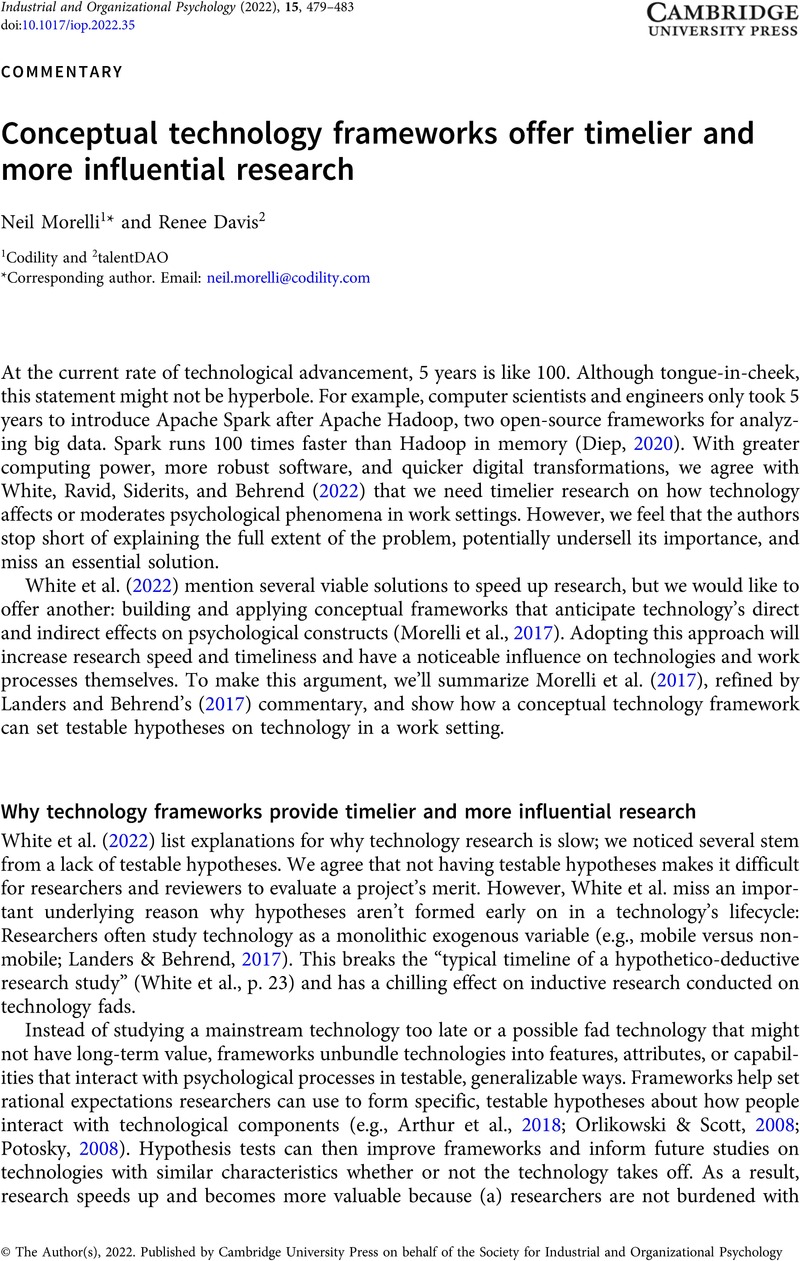Crossref Citations
This article has been cited by the following publications. This list is generated based on data provided by Crossref.
Handke, Lisa
and
Wesche, Jenny S.
2024.
Virtuelle Teamarbeit: Was sie kennzeichnet, wie sie wirkt und wie man sie gestaltet.
Psychologische Rundschau,



